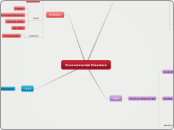door Tim Pillinger 16 jaren geleden
702
OCR - Sampling and testing
The text outlines various scientific and laboratory procedures, ranging from environmental testing to the creation of everyday materials. It covers the importance of sampling techniques, emphasizing the need for representative and properly stored samples to ensure accurate results.









